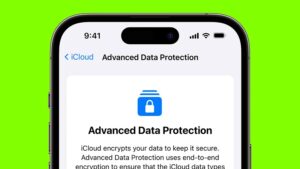Biometric Technology In The 21st Century
Technological advancements in the 21st century paved the way for many improvements in the human lifestyle. Biometric technology, for example, expanded its reach from state use to corporate and personal use, completely changing the standards of security. Revisit the developments in biometrics since the beginning of the digital age.
- 2000 – West Virginia University, in collaboration with the FBI, developed a bachelor’s program on biometric systems. Although it was non-accredited, it was the first program of its kind.
- 2002 – The International Organization for Standardization (ISO) created a subcommittee to standardize biometric solutions, data exchange, and interoperability across various systems.
- 2005 – SRI International (formerly Sarnoff Corporation), in the Biometrics Consortium Conference, demonstrated the potential to collect iris images from individuals walking through a portal. This ability was coined “Iris on the Move,” marking the culmination of the research and prototype sponsored by the Intelligence Technology Innovation Center (ITIC) and the Defense Advanced Research Projects Agency (DARPA).
- 2008 – Google enabled the voice search in BlackBerry Pearl’s mobile version of Google Maps. Apple Inc. also incorporated this capability in iPhone later in November.
- 2011 – Siri, a digital personal assistant via voice commands, was launched.
- 2013 – Apple Inc. designed and released a fingerprint recognition feature, TouchID, in iPhone 6 and iPhone 6 Plus, the iPad Air 2, and the iPad Mini 3.
- 2018 – the first MasterCard biometric card was released, which combines the chip technology with fingerprints to verify in-store purchases. In the same year, Byton introduced an electric vehicle that allows drivers to control several features via gestures and voice commands.
- 2019 – European Union implements the revised Payment Services Directive 2 (PSD2) requiring Strong Customer Authentication (SCA) in digital platforms. The legislation aims to reinforce payment authentication by asking customers for two of the following three: something they know (password or PIN), something they own (cellphone or token), and something they are (fingerprint, facial features). Delegated authentication simplifies and streamlines this process by allowing the merchant to directly authenticate users, thereby facilitating the “one-click purchase” experience.
Biometric technology now plays a big part in the digital security of various services. Keep up with the market’s pace and integrate biometric tools with LoginID FIDO-certified authentication solution.








